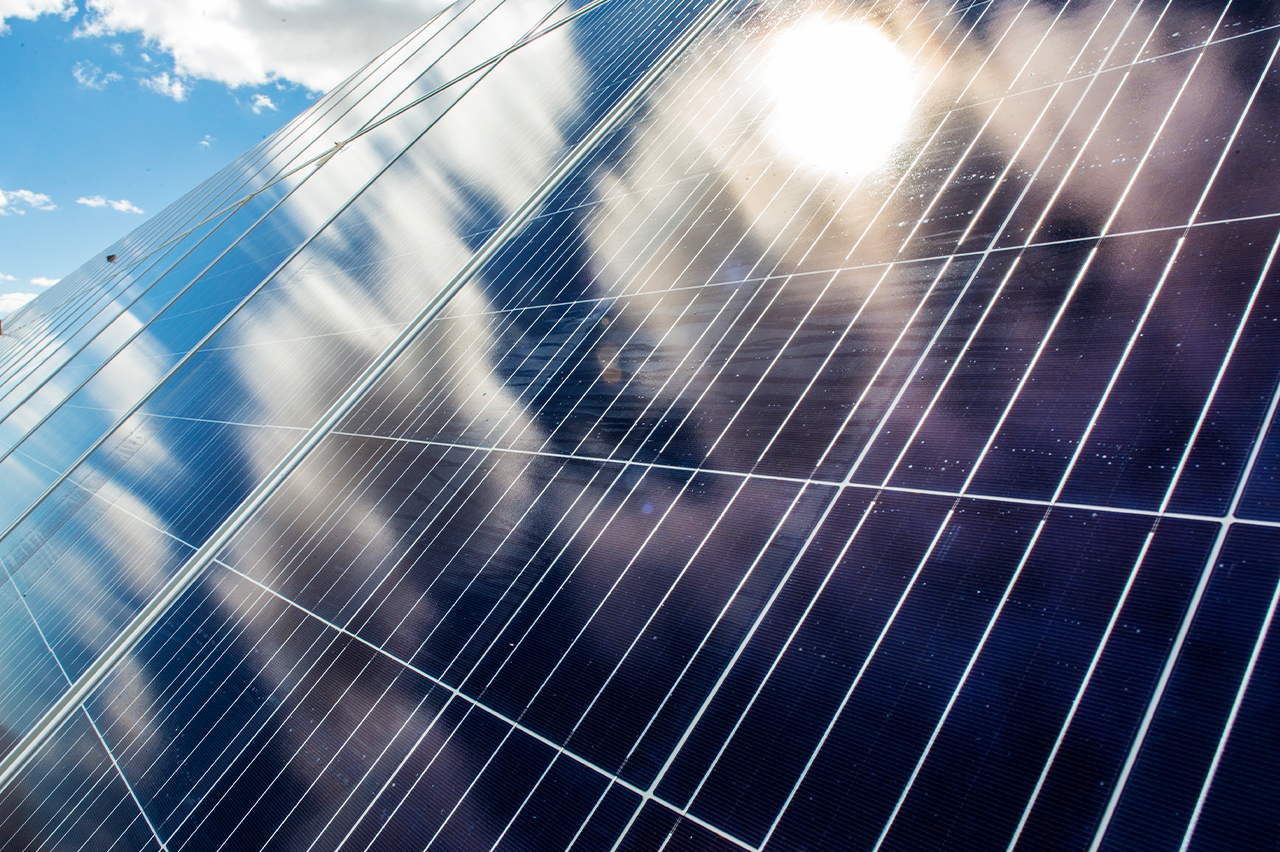Photovoltaic energy, trends for 2023
The increased use of distributed generation, as well as the challenges of component prices and local manufacturing, paints a favourable panorama for renewable energies such as photovoltaic energy.
 Photovoltaic energy
Photovoltaic energy
The increased use of distributed generation, as well as the challenges of component prices and local manufacturing, paints a favourable panorama for renewable energies such as photovoltaic energy.
2023 is shaping up to be a year in which photovoltaic energy will be an increasingly important energy sector in which the use of artificial intelligence will optimise the management of solar power systems. If the growth trend of 2022 continues - in which we saw an increase in photovoltaic system installations - then 2023 promises to be an excellent year for the sector and one which will also bring new trends.
It’s worth noting that new proposals in PV aren’t only going to be linked to innovations. There are many challenges in the sector that need to be addressed, such as reducing the Levelised Cost of Energy (LCOE), enhancing the efficiency of operation and maintenance (O&M), ensuring the stability of the power grid, while at the same time sourcing more renewable energy, and guaranteeing the safety of the system as a whole.
Photovoltaic energy, trends for 2023
- Use of Artificial Intelligence (AI): We wanted to start this round-up of PV trends by talking about artificial intelligence. This is because the industry has been increasingly involved in data management and we need to know how to use this information correctly in order to optimise the benefits of this type of energy. Artificial intelligence is expected to play an active role in the entire life cycle of PV (photovoltaic cells) + ESS (energy storage system), including manufacturing, construction, maintenance, optimisation and operation.
- Digitalisation: This trend is related to the previous one because in many traditional PV power plants there are plenty of machines which aren’t used to collect information from, and even equipment that doesn't communicate with each other. With digitalisation, advanced technologies such as 5G, the internet of things (IoT), sensing technologies, cloud storage, and big data are expected to be embedded and integrated. With all these tools, PV plants will be able to send and receive information, use bits or streams of information to manage energy flows, and much more.
- More energy storage: By 2023, battery banks, especially lithium-ion batteries, are expected to become more widespread and common on the market. Lithium-ion battery technology as a storage solution is becoming increasingly affordable and efficient, and it will allow companies to make the most of the solar energy produced during the day.
- Distributed generation: According to an article by the Endesa Foundation (2022), "Distributed generation will mean fewer energy losses in the transportation of electricity from its generation to when it reaches the consumer. This will also have an impact on savings when it comes to raising the voltage of electricity for transmission". By 2023, it is anticipated that a more distributed generation will be promoted, either through cash subsidies, value added tax reductions, tax rebates, or feed-in tariffs (Ryan Kennedy, 2023).
- Shared self-consumption and energy communities: A further trend in 2023 will be the growth of shared self-consumption. This means that companies will be able to share a photovoltaic installation to reduce costs and reduce their dependence on traditional electricity grids, as well as other benefits.
- Ensuring safety with the integration of PV+ ESS + Grid: This will allow the construction of a robust system integrating PV (photovoltaic cells) + ESS (energy storage system) + Grid (smart grids combining automation and control) in order to protect the photovoltaic energy supply and the feed-in to the grid, thereby guaranteeing its safety.
- Fall in component prices: This welcome news will benefit the entire PV sector, as raw materials and shipping costs are set to fall in 2023. This is due to a number of factors, but mainly it should be noted that global shipping costs are returning to their pre-COVID rates. However, according to Standard & Poors Global, the ratings agency that measures the performance of 100 multinational global business companies, "This easing of costs won't immediately lead to lower overall capital expenditures for renewable energy projects".
- A rise in local manufacturing: This point is also somewhat related to the previous one because companies involved in photovoltaic energy are seeking to be able to manufacture their components locally in order to meet their energy storage needs. This is becoming more evident in the United States and Europe, but neither can we rule out that it will start to be noticed in other countries, including those in Latin America.
Related posts